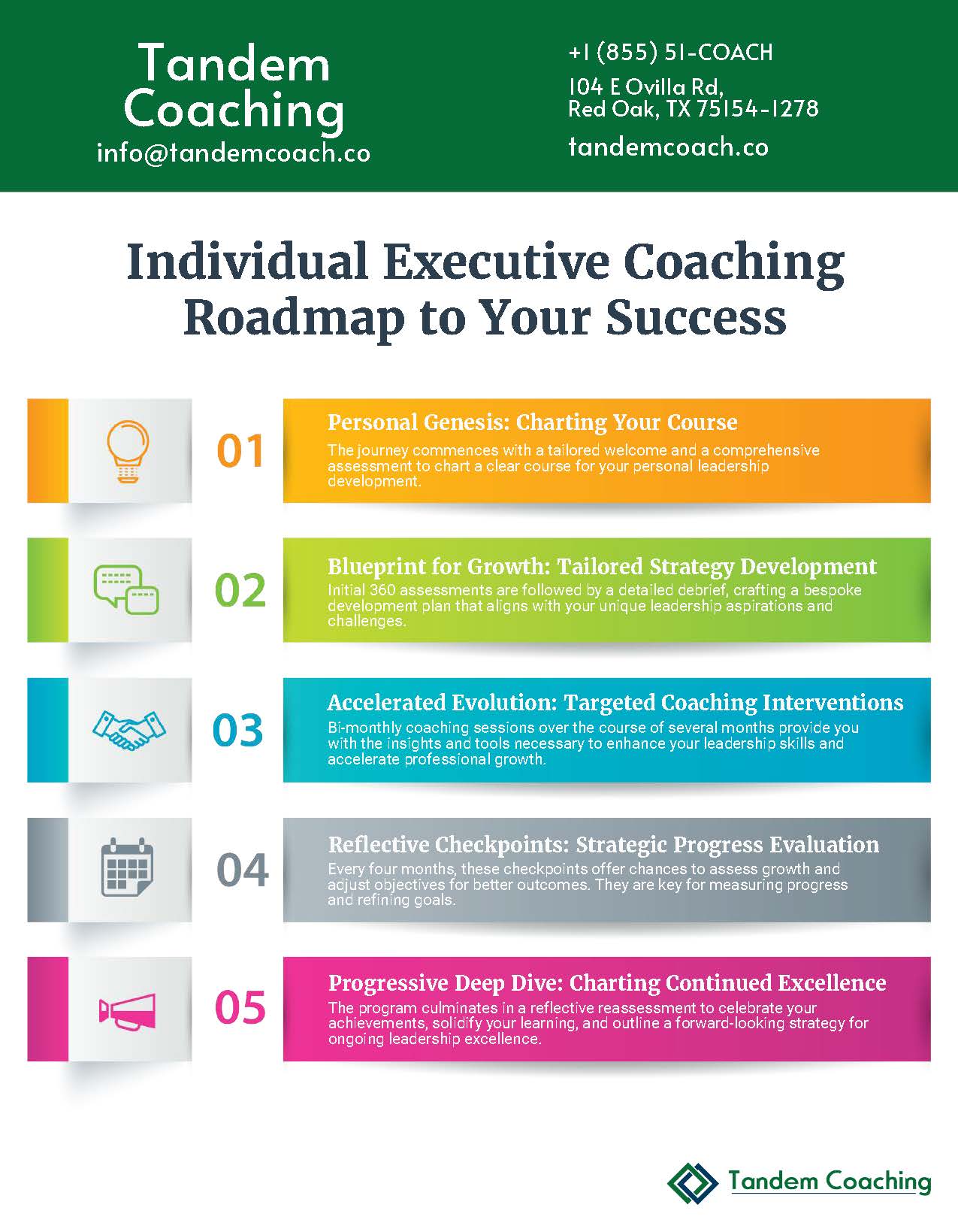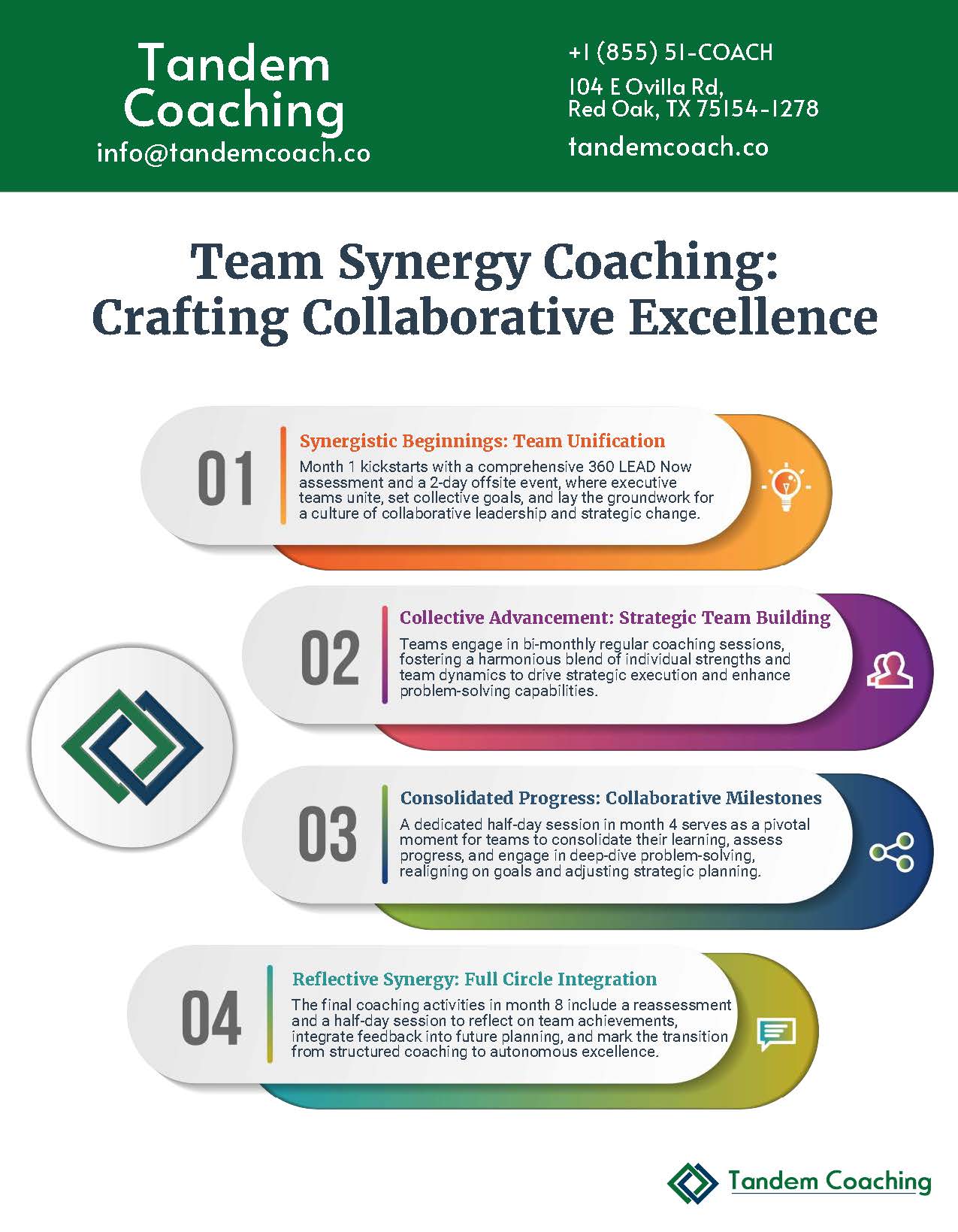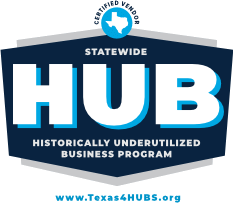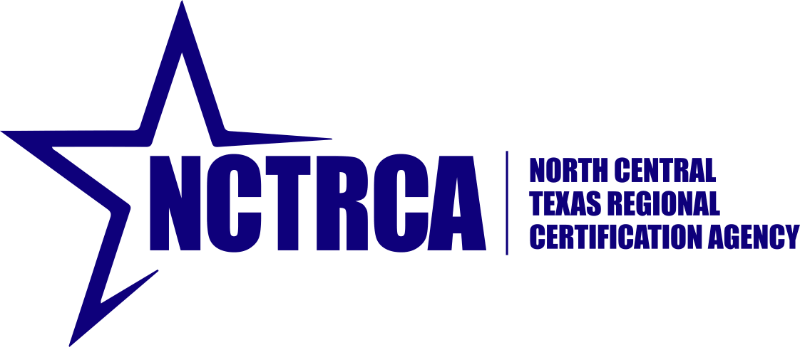TL;DR; This article debunks common myths about ADHD in the workplace, revealing how this neurological difference can be a source of innovation and leadership strength when properly understood and supported. Learn the facts behind the misconceptions, discover the legal protections available, and gain practical strategies for creating an inclusive environment that leverages neurodiversity as a competitive advantage.
When Perception Doesn’t Match Reality: The ADHD Experience at Work
Recently, I sat across from a brilliant technology executive who had just received an ADHD diagnosis at age 47. “I’ve always known I think differently,” she told me, “but I’ve spent my entire career hiding it—working twice as hard to appear ‘normal’ while secretly using my different thinking style to solve problems others couldn’t.” Her voice dropped as she continued, “I’m terrified of telling anyone at work. They’ll think I’m making excuses or that I can’t handle my responsibilities.”
This conversation reflects a reality I’ve encountered repeatedly in my coaching practice: the gap between what ADHD actually is and how it’s perceived in professional settings. This gap doesn’t just hurt individuals—it robs organizations of the unique strengths and perspectives that neurodivergent thinkers bring to the table.
As someone who coaches executives and professionals with ADHD, I’ve witnessed firsthand how damaging myths and misconceptions can be. But I’ve also seen the remarkable transformation that occurs when individuals and organizations move beyond stereotypes to understand the reality of ADHD in the workplace.
The Myth vs. Reality Disconnect
The professional world is filled with misconceptions about ADHD. According to a survey by the Attention Deficit Disorder Association, 60% of adults with ADHD report that colleagues and supervisors misunderstand their condition, often attributing ADHD-related challenges to character flaws rather than neurological differences.
These misconceptions don’t just persist—they actively shape workplace cultures, policies, and individual careers. Let’s examine some of the most pervasive myths and the realities behind them:
Myth #1: ADHD is just an excuse for poor performance or lack of effort
The Reality: ADHD is a recognized neurological condition affecting approximately 4.4% of adults globally. It involves differences in brain structure, function, and neurotransmitter activity—particularly in areas responsible for executive functions like planning, prioritization, and impulse control.
A financial services leader I coached shared how this myth affected her: “My previous boss told me to ‘just try harder’ when I struggled with certain administrative tasks. What he didn’t see was that I was already working nights and weekends to compensate. It wasn’t about effort—it was about my brain processing information differently.”
Research from the Journal of Attention Disorders confirms this reality, showing that adults with ADHD often expend significantly more mental effort than their neurotypical peers to accomplish similar tasks in certain domains.
Myth #2: People with ADHD can’t be successful leaders
The Reality: Many exceptional leaders have ADHD or ADHD traits. In fact, certain ADHD characteristics—like creative thinking, hyperfocus on areas of interest, and the ability to make intuitive leaps—can be significant leadership assets when properly channeled.
As explored in our article on Leading with ADHD, these traits can translate into innovation, crisis management skills, and the ability to inspire teams through authentic connection and vision.
One CEO I worked with discovered that his tendency to generate multiple ideas simultaneously—previously seen as “scattered thinking”—was actually his greatest strength in developing innovative business strategies. “Once I stopped trying to think linearly like everyone else and embraced my natural thought patterns, I became a much more effective leader,” he explained.
Myth #3: ADHD is just about being hyperactive or unable to pay attention
The Reality: ADHD manifests differently in different people, and many adults—particularly women and those with primarily inattentive presentation—don’t fit the hyperactive stereotype. For many professionals, ADHD shows up as:
- Hyperfocus on engaging tasks (sometimes to the exclusion of other responsibilities)
- Difficulty transitioning between activities
- Challenges with working memory and information management
- Time blindness (difficulty perceiving the passage of time)
- Emotional intensity and sensitivity
- Variable energy and focus levels
A marketing director with primarily inattentive ADHD told me, “I’m not bouncing off the walls or interrupting people in meetings. My challenges are internal—keeping track of details, managing my time, and organizing information. From the outside, I just look like I’m quietly working.”
Myth #4: Accommodations for ADHD give unfair advantages
The Reality: Workplace accommodations don’t provide advantages—they level the playing field by removing barriers that prevent talented individuals from performing at their best. Most accommodations for ADHD are simple, low-cost, and benefit everyone.
As one HR director I worked with put it: “When we implemented flexible work schedules and meeting agendas for our team member with ADHD, we noticed everyone’s productivity improved. Good accommodations aren’t special treatment—they’re just good management practices.”
Common accommodations include:
- Providing meeting agendas in advance
- Allowing flexible work schedules aligned with energy patterns
- Offering quiet workspace options
- Using project management tools that externalize information
- Providing written follow-ups to verbal instructions
These adjustments often benefit the entire organization by improving clarity, reducing distractions, and enhancing focus for everyone.
The Legal Landscape: Protections You Should Know
Many professionals and even HR departments aren’t fully aware of the legal protections available for individuals with ADHD. Understanding these rights is crucial for both employees and organizations.
The Americans with Disabilities Act (ADA) and ADHD
The ADA protects qualified individuals with disabilities from discrimination in the workplace. ADHD can qualify as a disability under the ADA when it substantially limits one or more major life activities—which can include thinking, concentrating, communicating, or working.
Key points about ADA protection:
Reasonable Accommodations: Employers with 15 or more employees must provide reasonable accommodations unless doing so would cause “undue hardship.”
Disclosure Choice: Employees have the right to decide whether, when, and how much to disclose about their ADHD. Disclosure is only required if requesting accommodations.
Medical Confidentiality: Employers must maintain the confidentiality of disability-related information.
Interactive Process: The law requires an interactive process between employer and employee to determine appropriate accommodations.
A technology leader I coached successfully used these protections to request a modified work schedule that aligned with his peak focus times. “Understanding my legal rights gave me the confidence to ask for what I needed,” he shared. “The accommodations were simple, but they transformed my performance.”
The Family and Medical Leave Act (FMLA)
The FMLA can provide important protections for employees who need time for ADHD-related medical appointments or treatment. Eligible employees can take up to 12 weeks of unpaid, job-protected leave per year for serious health conditions, including ADHD management.
State and Local Protections
Some states and municipalities offer additional protections beyond federal law. For example, California’s Fair Employment and Housing Act (FEHA) applies to employers with five or more employees and may provide broader protections than the ADA.
The Disclosure Decision: A Strategic Approach
One of the most common questions I receive from professionals with ADHD is whether they should disclose their diagnosis at work. There’s no one-size-fits-all answer, but a strategic approach can help you make this decision thoughtfully.
Factors to Consider Before Disclosing
Workplace Culture: How has your organization responded to diversity and inclusion issues in the past? Is there evidence of support for neurodiversity?
Need for Accommodations: Are you struggling in ways that specific accommodations would address? Could these accommodations be obtained without formal disclosure?
Relationship with Management: Do you have a supportive relationship with your manager? Have they demonstrated empathy and understanding in other situations?
Career Stage and Security: How established are you in your role and organization? What potential risks and benefits might disclosure bring at your current career stage?
Disclosure Approaches
If you decide to disclose, consider these approaches:
Need-to-Know Basis: Disclose only to those who need to know, such as your direct manager or HR representative.
Focus on Specific Challenges: Rather than broadly discussing ADHD, focus on specific challenges and solutions. For example: “I’ve noticed I’m most productive with fewer interruptions. Could we discuss some strategies to create more focused work time?”
Strengths-Based Framing: Emphasize how your thinking style contributes to your work. For example: “My ability to make unexpected connections helps me solve problems creatively, though it sometimes means I need more structure for routine tasks.”
Formal Accommodation Request: If needed, make a formal request through HR, which typically requires documentation from a healthcare provider.
A senior manager I worked with chose a selective disclosure approach: “I told my direct boss and HR, but framed it as a conversation about optimizing my performance rather than asking for accommodations. I explained how my brain works differently and the specific environments where I thrive. The response was surprisingly positive—my boss actually thanked me for helping him understand how to better support my work.”
The ADHD Advantage: Reframing the Narrative
Perhaps the most damaging myth about ADHD in the workplace is that it’s purely a liability. In reality, many ADHD traits can be significant assets when properly understood and channeled.
Innovation and Creative Problem-Solving
The ADHD brain often excels at divergent thinking—generating multiple ideas and making unexpected connections. This can translate to remarkable innovation and problem-solving capabilities.
A product development leader I coached discovered that her tendency to think non-linearly was behind many of her team’s breakthrough products. “I used to try to suppress my ‘random’ ideas,” she told me. “Now I’ve learned to capture them and bring them to the team at appropriate times. Some of our most successful features came from connections only my ADHD brain would make.”
Crisis Management and Adaptability
Many professionals with ADHD perform exceptionally well during crises or rapid change. The ADHD brain is often wired for novelty and can shift gears quickly when circumstances demand it.
One operations executive noted: “When everything’s on fire, suddenly my brain clicks into gear. The same qualities that make routine tasks challenging—quick thinking, comfort with change, ability to process multiple inputs simultaneously—become strengths during a crisis.”
Hyperfocus and Passion
While variable attention can be challenging, many people with ADHD also experience hyperfocus—periods of intense concentration on engaging tasks. This can lead to exceptional productivity and innovation in areas of interest.
A software engineer described it this way: “When I’m working on a problem that engages me, I can code for hours without breaking concentration. I solve problems others have struggled with because I can maintain that intense focus until I find the solution.”
Empathy and Emotional Intelligence
Many adults with ADHD experience emotional intensity that, when properly channeled, can translate to heightened empathy and emotional intelligence—crucial leadership qualities.
As explored in our article on Emotional Intelligence and ADHD, this emotional responsiveness can become a significant leadership asset with the right support and strategies.
Creating an ADHD-Friendly Workplace: A Guide for Leaders and HR
For executives, managers, and HR professionals, creating an environment where neurodivergent employees can thrive isn’t just about compliance—it’s about competitive advantage. Organizations that effectively support cognitive diversity often see increased innovation, problem-solving capacity, and employee engagement.
Leadership Practices That Support Neurodiversity
Clear Communication: Provide clear, concrete expectations and instructions. Document important information in writing and establish regular check-in points.
Flexible Work Arrangements: When possible, allow flexibility in work schedules and environments. Many professionals with ADHD perform better when they can align work with their natural energy patterns.
Strength-Based Assignments: Assign tasks that leverage natural strengths. For example, an employee with ADHD might excel at brainstorming, crisis management, or relationship building.
Structured Freedom: Provide clear frameworks and expectations while allowing autonomy in how work is accomplished.
HR Policies and Practices
Accommodation Process: Develop a clear, simple process for requesting and implementing accommodations.
Manager Training: Educate managers about neurodiversity and how to support team members with different cognitive styles.
Performance Evaluation: Consider diverse working styles in performance evaluations. Focus on outcomes rather than specific work approaches.
Recruitment Practices: Review hiring processes to ensure they don’t inadvertently screen out neurodivergent candidates.
Team Dynamics and Culture
Psychological Safety: Foster an environment where differences are respected and team members feel safe discussing their needs.
Meeting Practices: Implement structured meeting practices like agendas, time limits, and visual aids that benefit everyone.
Diverse Thinking Styles: Explicitly value different thinking styles and approaches to problem-solving.
A technology company I worked with implemented several of these practices after discovering that nearly 15% of their top performers had ADHD. Their VP of People explained: “We realized we needed to create an environment where different cognitive styles could thrive. The changes weren’t dramatic—clearer communication, more structured meetings, flexible work options—but the impact on engagement and innovation has been significant.”
The ADHD Myth-Busting Quiz
Test your understanding of ADHD in the workplace with this quick quiz:
True or False: ADHD only affects children and most people outgrow it by adulthood.
True or False: Medication is the only effective treatment for ADHD.
True or False: People with ADHD can’t handle leadership positions due to organizational challenges.
True or False: ADHD accommodations typically require expensive modifications to the workplace.
True or False: ADHD is easily identified in the workplace by hyperactive behavior.
Answers:
False. ADHD persists into adulthood for approximately 60-70% of those diagnosed as children, and many adults receive first-time diagnoses well into their careers.
False. While medication can be helpful for many, effective ADHD management often includes coaching, behavioral strategies, environmental modifications, and other non-medication approaches.
False. Many successful leaders have ADHD. With appropriate strategies and support, ADHD traits like creative thinking and problem-solving can become leadership assets.
False. Most ADHD accommodations are low-cost or no-cost adjustments to communication, scheduling, or work environments.
False. Many adults with ADHD, particularly women and those with primarily inattentive presentation, don’t display obvious hyperactivity. Their challenges may be less visible but equally significant.
Frequently Asked Questions
As a manager, how should I respond if an employee discloses their ADHD to me?
First, thank them for their trust and openness. Listen to understand their specific challenges and strengths rather than making assumptions. Ask what support or adjustments might help them perform at their best, and be open to experimenting with different approaches. Maintain confidentiality—don’t share their diagnosis with others without permission. If formal accommodations are needed, connect them with HR while remaining an advocate. Remember that small adjustments in communication, expectations, or work environment can make a significant difference. Most importantly, continue to focus on their contributions and potential rather than viewing them through the lens of a diagnosis.
What's the difference between ADHD coaching and therapy for workplace challenges?
ADHD coaching focuses on developing practical strategies and forward-looking goals rather than addressing past issues or clinical symptoms. While therapy might explore the emotional impact of ADHD and underlying psychological patterns, coaching concentrates on performance enhancement and skill development. A coach helps create systems for organization, time management, and communication that work with your brain rather than against it. Many professionals benefit from both: therapy for emotional processing and coaching for practical workplace strategies. At Tandem Coaching, we focus specifically on professional performance and leadership effectiveness, helping clients leverage their ADHD traits as strengths while developing systems to address challenges.
I think I might have ADHD but I've been successful in my career. Should I seek diagnosis as an adult?
Many high-achieving professionals discover their ADHD in mid-career, often after reaching positions where executive function demands increase significantly. A diagnosis can provide several benefits: it explains patterns you’ve noticed throughout your life, gives you access to appropriate treatment options, qualifies you for legal protections if needed, and helps you develop more effective strategies. Most importantly, it can relieve the shame or self-criticism that many undiagnosed adults experience (“Why is this so hard for me?”). That said, diagnosis is a personal choice. Consider whether understanding your brain better would improve your quality of life and work performance. Many clients report that diagnosis was transformative, allowing them to work with their brain rather than constantly fighting against it.
How can I tell if my workplace is actually ADHD-friendly beyond just saying the right things?
The Path Forward: Your Next Steps
Whether you’re a professional with ADHD, a leader supporting neurodivergent team members, or an HR professional shaping organizational policies, there are concrete steps you can take to create a more accurate understanding of ADHD in the workplace.
For Professionals with ADHD
Develop Self-Understanding: Identify your specific strengths and challenges. Tools like the ADHD Self-Report Scale or working with a coach can help clarify your unique profile.
Create Personalized Strategies: Develop systems that work with your brain rather than against it. Our article on organization strategies for ADHD professionals offers practical approaches.
Consider Coaching Support: ADHD-informed coaching can help you develop strategies tailored to your specific challenges and strengths. At Tandem Coaching, we specialize in helping professionals leverage their ADHD traits while addressing potential obstacles.
Make Informed Disclosure Decisions: Carefully consider the potential benefits and risks of disclosure in your specific workplace. If you choose to disclose, prepare a clear, strengths-based approach.
For Leaders and HR Professionals
Educate Your Team: Provide accurate information about neurodiversity that goes beyond stereotypes. Focus on practical strategies for inclusive collaboration.
Review Workplace Practices: Examine how your team or organization handles communication, meetings, assignments, and performance evaluation. Are these practices inclusive of different thinking styles?
Create Clear Accommodation Processes: Develop straightforward processes for requesting and implementing accommodations. Ensure these processes maintain confidentiality and dignity.
Seek Specialized Guidance: Consider working with consultants or coaches who specialize in neurodiversity in the workplace to develop effective strategies for your specific context.
Conclusion: Beyond Myths to Meaningful Inclusion
The myths and misconceptions about ADHD in the workplace have persisted for too long, creating unnecessary barriers for talented professionals and limiting organizational potential. By understanding the reality of ADHD—both its challenges and its strengths—we can create workplaces where neurodivergent individuals can thrive and contribute their unique perspectives.
As one executive with ADHD told me after implementing the strategies we’d developed through coaching: “For the first time in my career, I feel like I can bring my whole self to work. I’m not wasting energy hiding how my brain works or compensating for systems that don’t work for me. The result isn’t just that I’m happier—I’m also more effective, more creative, and more engaged than ever before.”
This transformation isn’t just possible for individuals—it’s possible for entire organizations. By moving beyond myths to meaningful inclusion, we can create workplaces that harness the full spectrum of human cognitive diversity, benefiting everyone in the process.
Ready to transform how ADHD is understood and supported in your workplace? Schedule a complimentary consultation with our team at Tandem Coaching to explore how ADHD-informed coaching can help you or your organization move beyond misconceptions to meaningful strategies for success.



Boost Your Leadership Team Success!
Take your leadership team to the next level and achieve great results with our executive coaching.
Learn how our coaching and ASPIRE method can change things for you—get a free brochure to begin your journey.
About the Author
Cherie Silas, MCC
She has over 20 years of experience as a corporate leader and uses that background to partner with business executives and their leadership teams to identify and solve their most challenging people, process, and business problems in measurable ways.















